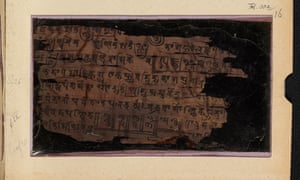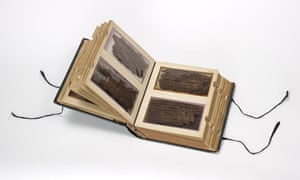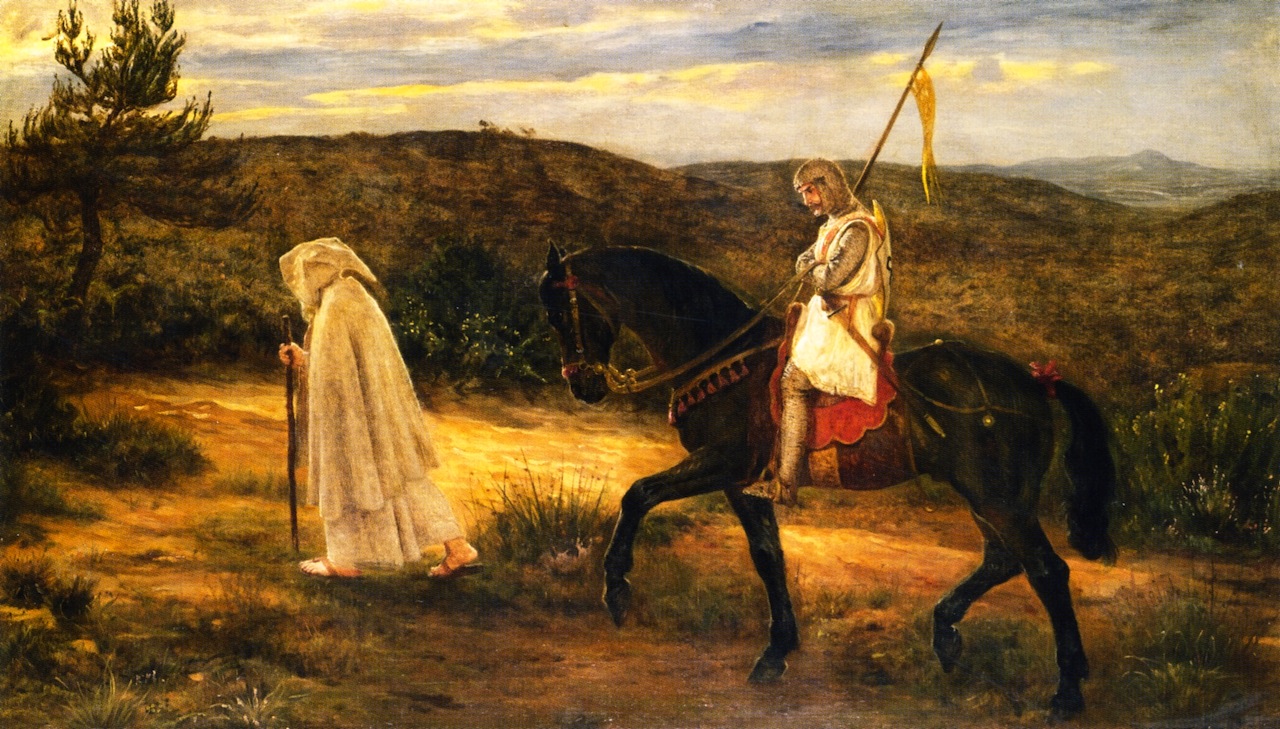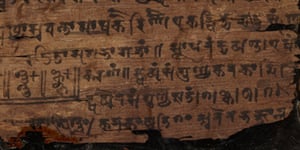THE LANTERN OF LORNOLN AND AD HOC ADVENTURE/CAMPAIGN/GAME DEVELOPMENT

As a DM I am practicing a new gaming technique with my players which I am calling Ad Hoc Development. I plan to write up a more detailed paper and post on the idea later on but for now I am posting this briefer synopsis here because of the fact that my players don’t visit here and won’t see it. They don’t even know this place exists.
Actually this is a very old technique for me (and for others as well I am sure) for it goes back to the time I was a teenager and used to do something similar as a DM. The idea is very simple. I simply watch what the players are doing, the problems they encounter in game, and then modify the adventure, campaign, or game on an ad hoc basis as events progress to offer them possible, yet not obvious or easy or expected solutions to the dilemmas that lay beyond their current capabilities to resolve. It is somewhat similar to the idea of a literary or mythological Deus Ex Machina/Machinae, but the idea is not to “save them from disaster” but to offer them an unexpected and useful possible solution to their in-game problems. Problems they don’t have the resources or abilities to yet solve for themselves.
The technique works in this way. First I observe what they are most having problems doing, then as they proceed through the adventure/campaign, etc. I simply provide some unusual device, creature, companion (man-at-arms, etc.), artifact, magic item, clue, etc. which should, if thoroughly investigated and experimented with (and that is the real key), allow them to resolve their current set of difficulties.
To that end I simply observed my new group of players as they explored the Sunless/Sunken Citadel. (The first adventure they are playing and decided that one of the very first things they needed was, obviously, light.) But rather than using the adventure as written, and I have kept the skeleton of the adventure intact, I simply greatly modified it and rather than preparing a large list of gear and magical items and devices they would need to find I simply give them things (usually buried in trash or debris or collapsed areas, on monster corpses, in modified treasure hoards, found in pit traps, or in other less expected places) that they will find useful.
One of the very first items I gave them was the Lantern of Lornoln. (Lornoln is what the original citadel was called in my new world before it sank and was destroyed, the name meaning “Light of the Mountains,” for it was the frontiers outpost or citadel at the foothills range of the Nol-Ilthic Mountain Range.)
Anyway they found the Lantern, which they now call the Lantern of Lornoln or just “the Light” for it looks like it is an old rectangular 4 sided (6 with top and bottom) lantern with sides made of glass or crystal and with a body made of brass.
Their first clue upon taking it that it was no ordinary lantern was how light it felt. Like it was made entirely of glass (or in modern terms even of plastic). So it was obviously not made of brass. Also the glass or crystal sides were entirely transparent and unblemished and unsullied or smudged, even in the debris, and this “glass” is extremely hard.
Instead of a wick or a place for oil the very bottom is covered in glyphs they cannot read and the wick is replaced by a single piece of brass like metal (a small metal rod about an inch and half tall and about one quarter of an inch in diameter). They experimented by sliding one of the glass panes back and then trying to pull or twist the metal bar (you could twist it until it clicked) at which time it lit and produced lumens equivalent to 6 torches in a sixty foot range but within a thirty foot range it is almost as if one is standing in broad daylight. The lantern also has a suppressive and frightening effect upon creatures that fear light or prefer the darkness. That is the only thing they experimented with as far as the lantern is concerned, because they were eager to explore the rest of the ruins of the citadel and night had not yet set in.
The lamp also has other functions which they must explore to discover.
1. The wick will burn, without producing any heat for eight hours straight and then it will extinguish itself for another four hours. This is the same functional procedure for all of the other “wick functions.”
Had they continued to turn the wick they would have discovered:
2. an infrared function in which the lantern is completely black or dark but will illuminate any living creature up to a distance of 120 feet as if they are aglow in an infra-red sheath, though the creatures so displayed are unaware they are lighted by the lamp.
3. an ultraviolet function which will softly illuminate an area of 20 feet in a purplish-blue haze and will illuminate anything hidden that can be seen by ultraviolet light.
4. a setting that will illuminate secret doors and passages, even through solid rock, up to a ten foot radius.
5. a secret setting can be gotten from the wick by clicking it down. That is the “night-light setting.” When people sleep within the radius of the night light (20 feet) they may have strange dreams and portents of nearby dangers or of near-time future events. If they are awake and in the area of the night-light then they can see creatures approaching from a distance of up to 120 feet but the night light makes those within the area of the (soft and almost ultraviolet like) glow appear much smaller than they really are and displaced (as if they are several feet from their real positions). This makes it hard for others to target the lantern users at night.
If they take some of the “glass panes out” (and these are made of magical, transparent crystals, not glass) and turn them around to face the other direction then these functions can be had out of the lantern:
6. the regular light can be focused out of just one pane as if a flashlight were being used to illuminate objects out to a distance of 100 meters and this beam can be seen from three miles away (on flat, open terrains).
7. one of the panes will allow anything illuminated by regular light to be examined as if under a low-powered microscope (60 times magnification).
8. one of the panes, when flipped, acts as a silvered mirror, can sometimes be used to see other people’s thoughts and true motives, and also has effects upon the undead and deceitful.
9 one of the panes, flipped, acts as a strobe light (if the regular light function is used) and can disorient another or make them nauseous. This works even on magical and highly intelligent and even psychic creatures.
The Lantern of Lornoln is, in fact, a Minor Artifact, though the party doesn’t know this yet, they simply think it a “magical light or lamp”
I created it ad hoc or on the spot as something for them to find (then developed it more later on as I thought about who might have created it and why and how it ended up where it did). I will reveal none of the various functions of the lantern to my players, only they can find these out through experimentation and/or research done by others. It is possible they will never discover all of the functions, or even that I will discover other functions as time goes along (in the game).
This is part of my ad hoc system. Even I may discover new functions for these things as time goes along. Plus I will encourage all of my players to devise their own possible uses for things (normal, magical, or miraculous things).
That too will be part of my ad hoc system – unique DM/GM and player innovations. Or put another way, rather than trying to pre-develop or prepare or preplan all aspects of an adventure, campaign, or game I am going to start leaving as many things as possible open to on the spot and ad hoc invention and creation as I can possibly and reasonably accommodate. See where that kind of experimentation leads.
(Of course some things will still have to be preplanned: certain items and magical devices created specifically for certain characters, particular heirlooms, legacies, etc. But as far as many and possibly even most treasures, artifacts, devices, items, and even creatures and NPCs I’m going to play those “by ear” – so to speak.)
Some of the other Ad Hoc creations I indulged in that first evening of play (Sunday) included:
A. There was a room supposed to be inhabited by two mephits (according to the module). I instead used it to allow the escape of a very unique (psychaec even) Homunculous (which is attempting to become the familiar of the party Sorcerer).
B. There was supposed to have bene a werewolf (I’ll describe the actual adventure in another place), but it actually was a Wolf-Hound who is in fact secretly a kind of unique chimera who has become the Animal Companion and protector of the party Druid. It can actively communicate with the Druid through dreams and visions.
C. There was a supposed to have been a set of magical crystals used to entrap mephits, I instead turned it into a magical crystal that creates “powdered water.” (Called Aqua Pulvis.) The party is aware it does something to water but don’t know yet what. It actually uses an alchemical alembic like device to reduce water to a powder which when then later remixed with clean water, or wine, will produce Aqua Vita. Once the user has drunk the powdered solution or suspension of Aqua Vitae then they will not need to consume any liquids again for seven days, nor will they lose liquids by sweat, urination, or by any other means. They will reach a perfect state of fluid homeostasis within their own bodies.
Some of the ideas I already have for future ad hoc items or treasures they find (based on my previous observations of the characters and my players) are: i. honeyed lepsis, ii. sthenetic or sthenotic tablets (tabula sthenae – like the Aqua Pulva an alchemical preparation), iii. A blessing pouch, and iv. a special magical notebook for research that automatically inscribes itself with clues and hints about how to locate information on various subjects of interest. Which I may call the Librum Incognita.
Of course I will not pre-develop these ideas at this point but attempt to let their capabilities sort of grow organically out of game events.
By the way I am also thinking of applying this principle to my novels and fictional writings as well. Not seeking to predevelop items and plot points but letting them shift on an ad hoc and unpredictable and unplanned basis.
As a matter of fact I should apply this same idea as a method for developing my own Real World Inventions. After all inventing with the intent of producing technologies and tools that are multi-functionally capable is one of the basic tenets of my personal approach to inventing.
So I will do that as well…













 Landing party at Veracruz, 1914 (
Landing party at Veracruz, 1914 (







ESSAYS ON GAME DESIGN: To Hell With Balance
Sep 9
Posted by occu77
ESSAYS ON GAME DESIGN
Essay Two: To Hell With Balance
I’m gonna say something that might shock some of you guys. Then again, maybe not.
Balance, go to the Devil, and burn in hell. And while there sip septic tea with him til you’re really needed again. And chances are it won’t be often. But whatever the case, don’t call me, I’ll call you.
I’m working on a fantasy Role Playing Game, I’m not designing an algorithm, doing covalence equations, or writing a computer program to calculate a moonshot at apogee.
So sometimes in-game my players get their noses busted and spleens ruptured by a dragon that in real life they couldn’t ever easily kill. Not with bow-sticks and knives and harsh words anyways. Good, it’ll teach em a lesson about danger and risk and what it actually costs people.
And sometimes they’ll whip out their Horn of Resounding and bring down the walls of Jericho, or slay a few giants with the Jawbone of an ass. Good, sometimes you catch a miracle in midair, deserved or undeserved. Sometimes you get the bear, and sometimes he gets you. That’s life.
But in any case, as far as the game goes, the player is fascinated, interested, intrigued, involved, worried, anxious, and maybe even occasionally excited again. Perhaps shocked and ecstatic from time to time too, just to boot.
Balance, he ain’t my god. I don’t owe him any real sacrifices. He’s more like the grey-skinned Graeæ sisters than bright Apollo. Only one eye to see with, a lot of double talk, the bite of a one-toothed wonder – and in the end, disaster, not glory. You can’t trust Balance to point the way to the future, cause he’s more consumed with his own reflection in the mirror than with anything remotely heroic happening. Static, stale, sterile, sluggish, and simple-minded. A dotard of dullness. No poetry of soul, just an arrested arithmetic of tedium. More Echo and Narcissus, more Sound and Fury, than Thunder and Lightning.
I liked the original version of D&D. I like the 4th Edition, at least many things about it. But I see now that this pernicious idea of “balance” that crept in like the Serpent at Eve in Paradise, balance as an end in itself, especially in a fantasy game of all things, is more assassins’ poison than golden Ambrosia. If I have to kill wonder and potential just to achieve balance, then I have to kill fantasy just to achieve boredom. Thank you modern RPG Fantasy Game Theory of Balance, but I think you’d be happier working as a stock-boy in the warehouse of modern mediocrity, than a gate-keeper to the temples at Mount Olympus.
So Balance, my fine feathered fowl of gutless acquittal, go to hell and burn awhile. Maybe you’ll cook into a decent potpie.
Invention is as invention does. So, I’m gonna start designing fantasy games and adventures again, even D&D ones, where magic happens, miracles save the day, monsters are dangerous and feral, the voice of God rumbles across the sky, kingdoms topple, heroes struggle, players say, “Now that’s what I’m talking ‘bout!” and imaginations catch fire.
Balance can burn in his own oven… and stew in his own juices.
Share this:
Posted in Adventure/Adventure Development, Commentary, DESIGN OF THINGS TO COME, Dungeon Master/Game Master, Essay, Game Design, Gaming, MY WRITINGS AND WORK, Uncategorized
2 Comments
Tags: role playing